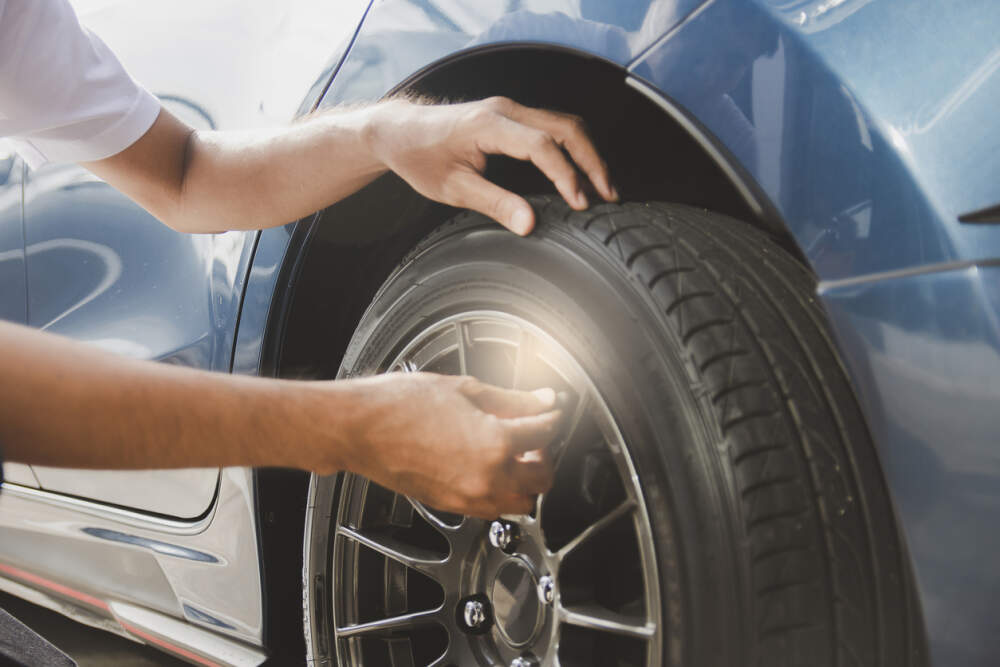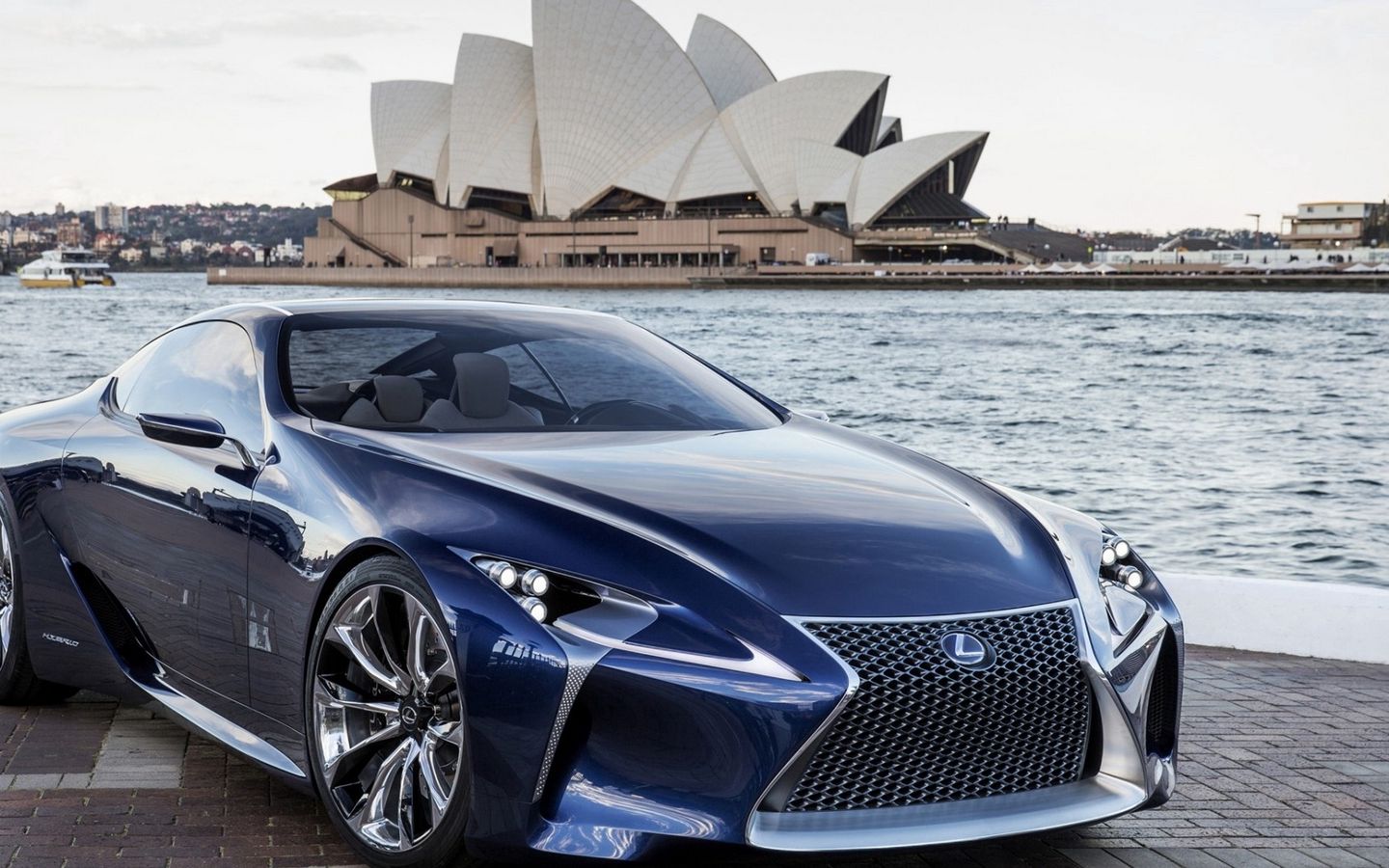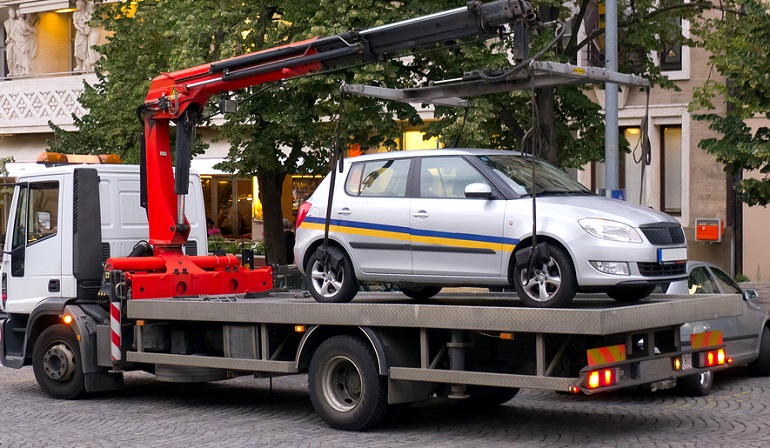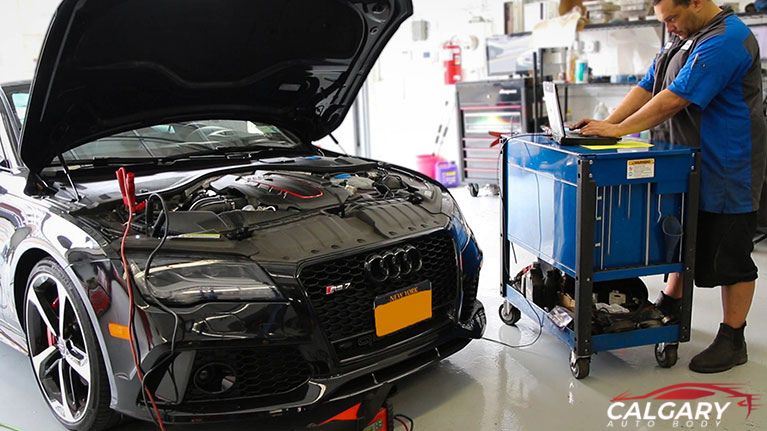The rumble of a powerful engine can be exhilarating to some, a source of annoyance to others. But beyond the subjective experience, car engine sounds are a complex interplay between engineering, performance, and environmental regulations. This blog by Cash For Scrap Cars Gold Coast delves into the science behind those sounds, exploring the delicate dance between creating a high-performing engine and adhering to increasingly strict noise reduction standards.
Deconstructing the Engine’s Chorus
The symphony of an engine isn’t a singular sound, but rather a harmonious (or sometimes discordant) blend of several components:
- Combustion: The heart of the engine, the combustion chamber, is where fuel and air ignite in a controlled explosion. This rapid expansion of gases creates pressure waves that translate into sound.
- Moving Parts: Pistons, valves, and other internal components generate friction and impact noises as they move at high speeds.
- Intake and Exhaust: Air entering the engine and spent gases exiting create whooshing and hissing sounds. These can be further amplified by the intake and exhaust systems themselves.
The specific characteristics of these sounds – pitch, volume, and timbre – depend on various factors:
- Engine Design: The number of cylinders, their arrangement, and valve configurations all influence the sound signature. For example, a V8 engine typically produces a deeper, throatier sound than a 4-cylinder engine due to the firing order and exhaust flow.
- Engine Speed (RPM): As the engine revs higher, the frequency of the combustion cycles and component movements increases, raising the pitch of the overall sound.
- Load: When placed under heavier load, the engine works harder, resulting in a louder and more strained sound.
The Allure of Performance: A Song of Power
For car enthusiasts, a throaty engine roar is often associated with power and performance. Here’s why:
- High-performance engines often have freer-flowing exhaust systems that offer less restriction to spent gases, leading to a louder and more aggressive sound.
- Faster combustion cycles at higher RPMs translate into a sharper, higher-pitched sound that can be perceived as exciting.
- Direct injection engines tend to be slightly louder than traditional port-injected engines due to the higher fuel pressure involved in the combustion process.
However, it’s important to remember that sound doesn’ t always directly correlate with power. Modern engineering can create powerful engines that are surprisingly quiet, thanks to advancements in:
- Sound dampening materials used in the engine compartment and throughout the vehicle can significantly reduce noise reaching the driver and passengers.
- Active noise cancellation systems use strategically placed microphones and speakers to generate sound waves that cancel out specific undesirable frequencies.
The Silent Struggle: The Harmony of Environmental Regulations
On the other side of the coin, noise pollution from vehicles is a growing concern. Here’s how regulations are shaping the future of engine sounds:
- Stringent noise emission standards are being implemented worldwide, pushing manufacturers to develop quieter engines.
- Focus on electric vehicles (EVs): As EVs gain popularity, the traditional engine roar is gradually replaced by a quieter whirring sound associated with electric motors.
While stricter regulations might seem to be at odds with the desire for a powerful-sounding engine, manufacturers are finding ways to innovate:
- Performance-oriented exhaust systems can still deliver a satisfying sound within the legal limits.
- Engine tuning can optimize performance without compromising noise regulations.
The Future of the Engine’s Song: A Sustainable Symphony
The future of car engine sounds likely lies in a balance between:
- Maintaining the thrill associated with a powerful engine for car enthusiasts.
- Meeting increasingly strict noise regulations to protect the environment and public health.
- The rise of electric vehicles will undoubtedly reshape the soundscape of our roads.
visit: https://getcashforcarz.com.au/cash-for-cars-caboolture/
However, even with EVs on the rise, internal combustion engines will likely be around for many years to come. As technology continues to evolve, we can expect even more innovative solutions that create a more sustainable and harmonious symphony under the hood.




